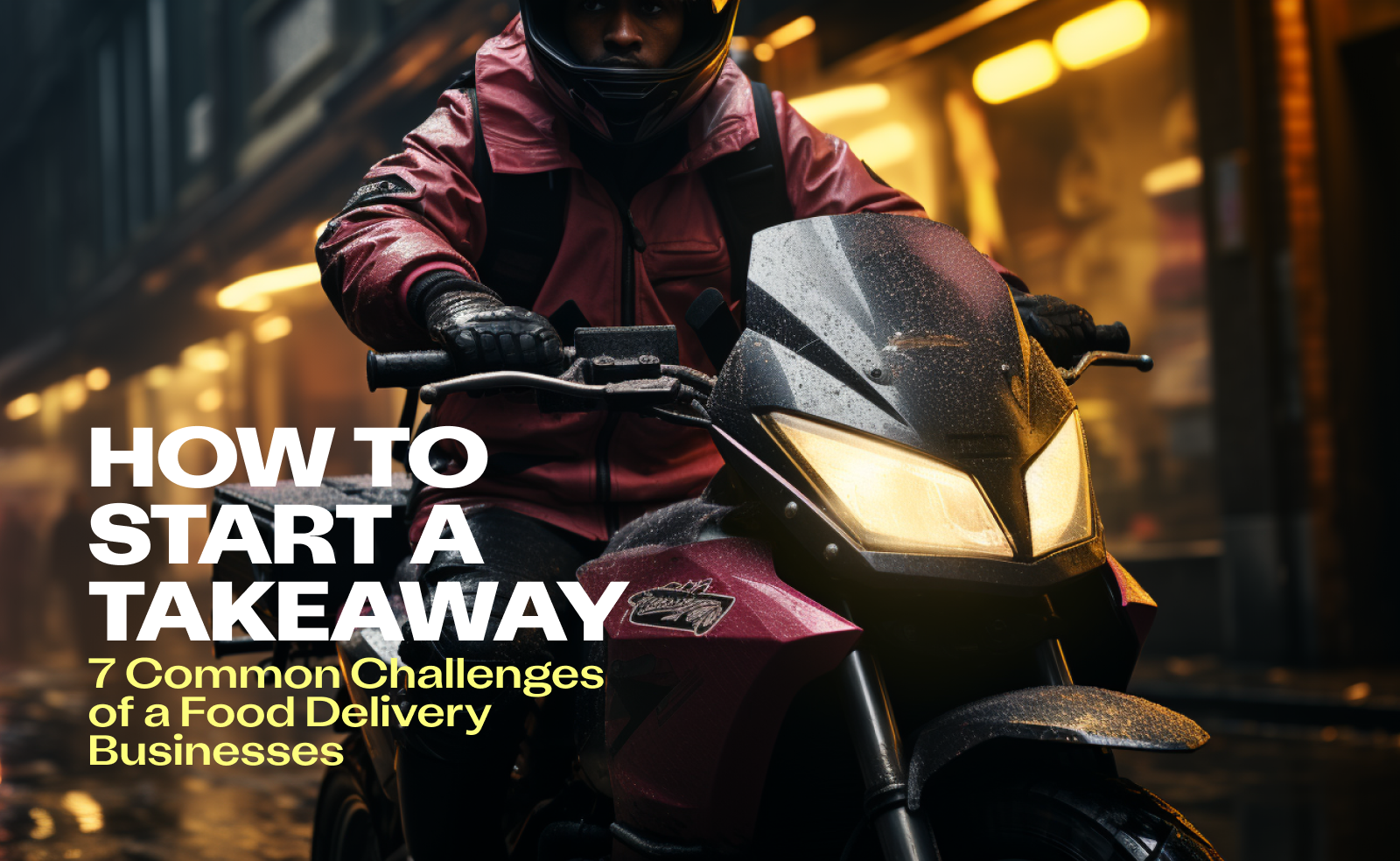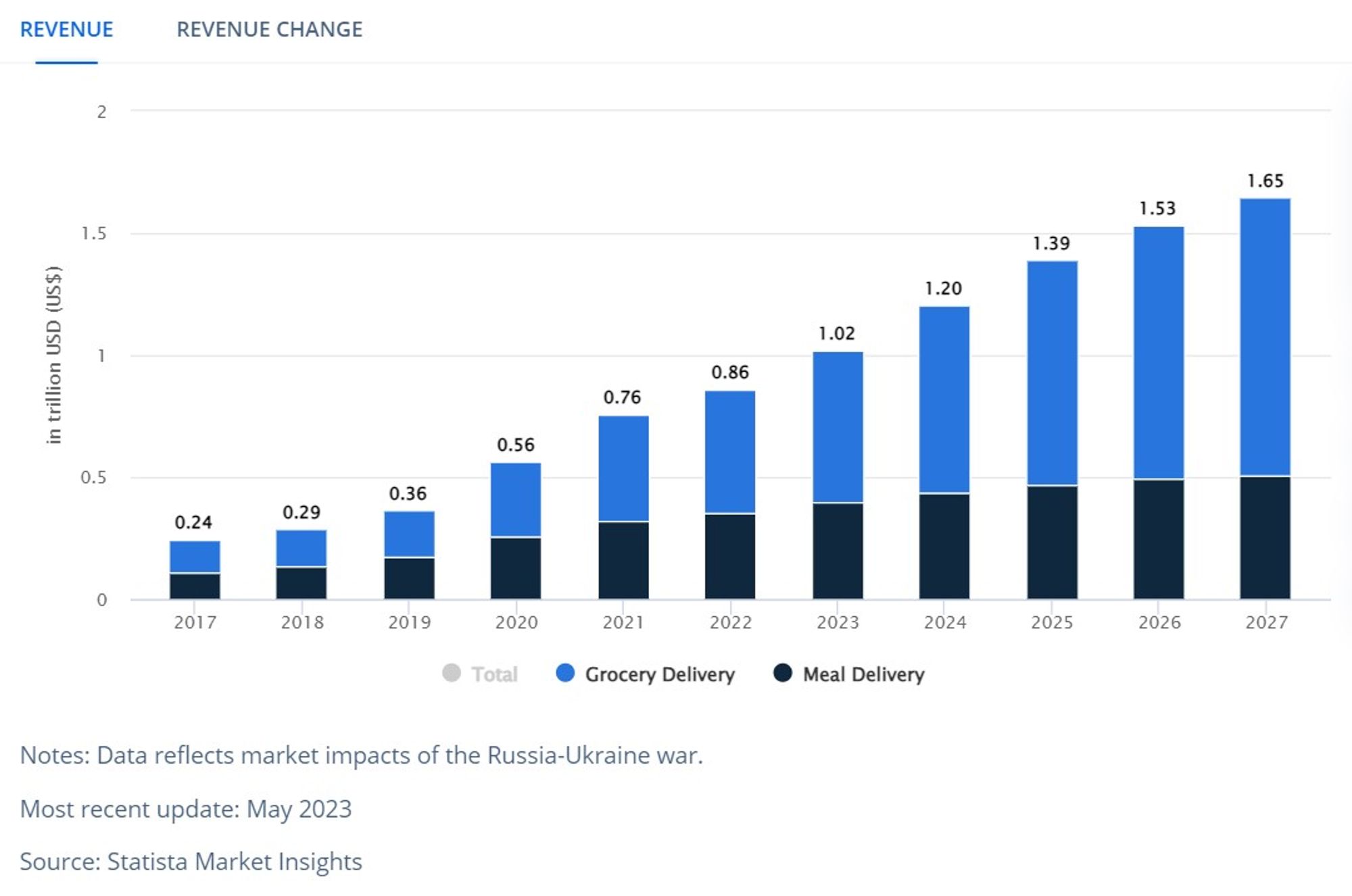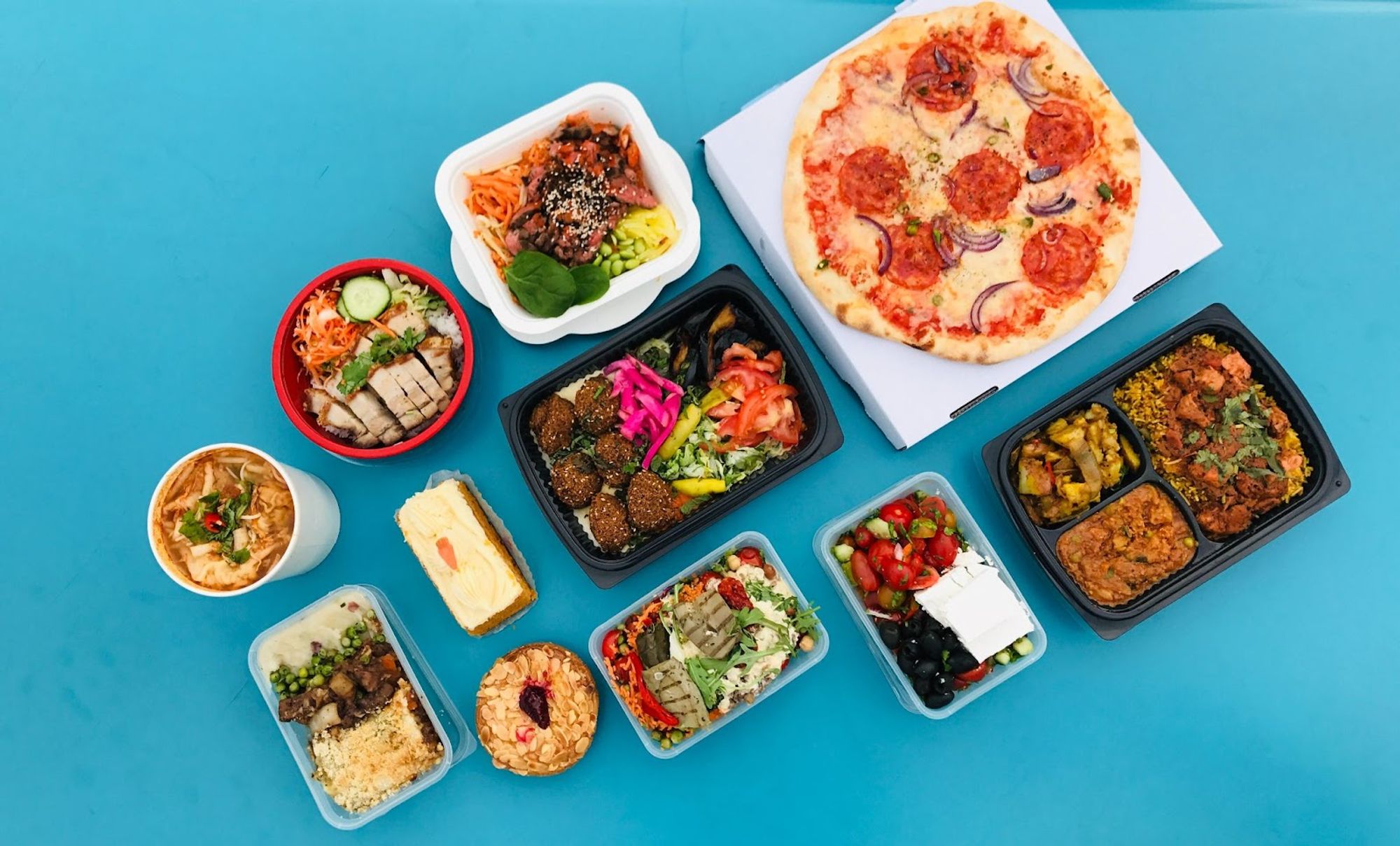
7 Challenges Commonly Faced by Food Delivery Businesses
7 Challenges Commonly Faced by Food Delivery Businesses
A food delivery business generates income by (sometimes) creating and delivering dishes that arrive on time and taste good. There are multiple food delivery business models out there, including:
Restaurant to Consumer: Restaurants that both create and deliver food to their customers.
Platform to Consumer: Third-party apps that allow customers to order food.
Full-Stack: A combination of the two models above—here, an establishment handles everything, from cooking the food, to delivery, to the development of a dedicated app to handle orders.
The latter will include staffing both in house and third parties, who will likely follow call centre management principles to handle orders. This is something to look into If you are looking to start or grow a business involving the handling of orders.
All three types come with a common set of challenges; but not to worry, we’ll also look at some solutions that can be adopted to overcome them.
1. The competitive marketplace
Whether you’re starting an accounting firm or moving an existing retail store online, you’ll be faced with plenty of competition. It’s the reality of running a business. And it’s potentially more challenging for those in the food and beverage industry, where new food delivery concerns go up against countless well-established outlets.
Depending on the business model you opt for, many of these competitors can either be found on the big three delivery apps, or are these applications:
- Uber Eats
- Just Eat
- Deliveroo
When placed in relation to big brand names that can spend millions on marketing, this can make it difficult to compete for startups or smaller, more established businesses.
Find your competitive edge
Use marketing strategies to investigate further and help you compete; examples include PPC (Pay Per Click), SEO (Search Engine Optimisation), SMM (Social Media Marketing) and affiliate programmes. Adopting a combination of these can yield great results—make sure to research options carefully to ensure you make an informed decision that best suits your business goals.
Then, diversifying through alternatives to the big 3, you can capture consumer behaviour to focus your services on consumer needs and hopefully reach the next step.
2. Tight profit margins

As seen on the graph, both online food delivery and meal delivery services are projected to continue their growth in revenue as a total market on a global scale.
Yet, with this market growth comes the consideration of what that profitability might be after total expenditure.
With the cost of living being an issue in many global geographies, many consumers are seeking to be more economical with their spending. This might mean that attempts at cross-selling and up-selling will be less effective.
Additionally, the expenditure already associated with delivering the food is very high.
So, maximising spend per order is critical. Yet, it is now more difficult than it might have been previously, with consumers demanding more value for money.
Tactics around incorporating a minimum spend per order might scare potential customers away, instead of increasing their spend, as might have worked previously.
Think about long-term profits
While these short-term issues will come and go, over the long-term, building a loyal customer base through offering good food options and good service will go a long way. Word of mouth marketing is free and comes from quality service,
Out-lasting short-term economical and political downturns can lead on to an upside that is worth the wait and boost profits.
3. Strict regulations
Food hygiene is paramount in this industry. A mistake here, such as sub-standard hygiene cleanliness, can lead to detrimental consequences for a brand's reputation.
The simple solution?
For a restaurant-to-consumer or full-stack model, hiring staff and conducting your own regular checks, in combination with a regular cleaning rota, is the way to go. Tackling this issue preemptively before they arise will mitigate any risks.
In cases where the business operates as a third party, keep an eye on establishments’ food hygiene ratings.
4. Logistics and accessibility
Managing the optimal route to both deliver orders on time, while taking the shortest route to minimise spend on fuel, can be a real issue. Especially if an order comes in just as a driver is dispatched. “That could be included in this next delivery cycle” an owner might declare…
You then need to balance delaying the delivery further to maximise profits, at the risk of missing delivery times for other customers while their food loses its temperature. This risks potential refunds and negative branding.
There are then customers who live in areas that are hard to access, be it a top floor apartment in a multi-floor complex, or a property with no appropriate parking spaces close by. So, how can you deal with these issues?
Simplify the process
Tracking the driver’s status and updating customers on waiting times will help to manage expectations. Under-promising on time to delivery, then over delivering by arriving well within that time frame, is a great way to mitigate the concern of late deliveries.
Allowing a section where customers can inform delivery drivers of the most appropriate parking locations and accessibility issues will further help to plan effectively.
5. Recruitment and retention

Hiring the wrong staff can have a hugely detrimental impact on a business and its reputation. The challenge is finding the ones who will be a real benefit to your operation.
Find and look after the stars
There are many ways to obtain new employees, be it through networking, posting vacancies on your site, or using recruitment agencies to do the job for you. Moreover, virtual call centres can also be used to help with talent acquisition, which helps free up your limited time to focus on other areas of your business.
Furthermore, identify who your key players are, and start by showing how much you appreciate them. This alone can go a long way to building a business that continues upward growth, because people are the core of every business.
6. Varied consumer requirements
With the modernisation of applications making it easier than for consumers to find what they want to eat, tailoring your menu to these needs can be difficult. There are so many dietary requirements, cultures and tastes, that it is impossible to offer something to everyone.
At the same time, deciding on which audiences to serve is risky, too. Focusing on an underserved niche might lead to time wasted on a customer segment that is not large enough to turn a profit. On the other hand, catering to a popular niche might mean that you simply can’t compete with existing players.
Experiment
To help with this issue, spend small amounts focusing on the various niches until you find a segment that returns a reasonable ROI.
7. Business lifecycle and sustainability

Lastly, a business that is viable today, might not be in five years time. Trends come and go, and an inability to adapt is a challenge that might have consequences that are best avoided through proactive measures.
Pursue adaptability
If your business model involves an app, consider manual testing as an option to ensure your software is free from errors, especially when you update it.
More broadly, collect customer feedback to gain insight into their expectations. It will allow for your business to pivot as consumer needs shift over time. This alone might prove to be a long term business practice that keeps it viable for the long term.
Conclusion
Despite the many challenges you will face, from customers and staff, to budget and logistics, taking a methodical approach by considering their solutions in your business plan will help you lay out a solid foundation.
Then, diversify your advertising strategy, using a blend of marketing channels and food delivery applications to gain a wider exposure to the customer base than your competitors.
It is now over to you. Here’s to your success!







